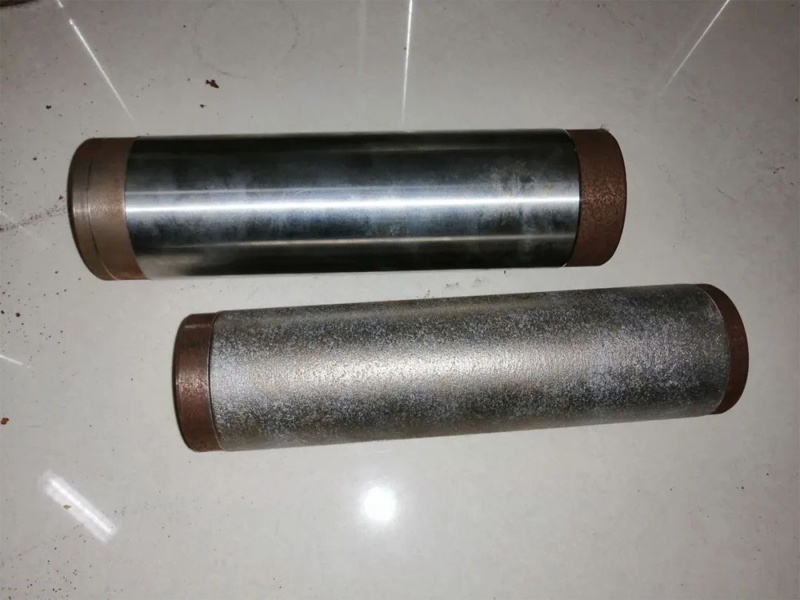What is the coaxial powder laser cladding technology of laser cladding equipment?
Laser cladding equipment Laser cladding technology has many advantages, such as low dilution rate, low heat input, and wide material applicability. It has evolved into various data types in industrial applications and is widely used in additive manufacturing, remanufacturing, and surface engineering. Typical laser cladding technologies can be categorized into coaxial laser cladding, counter-axial laser cladding (also known as transverse powder laser cladding), high-speed laser cladding (also known as ultra-high-speed laser cladding), and high-speed wire laser cladding, depending on the material used and the combination of material and laser beam.

Laser cladding equipment What is coaxial nanopowder laser cladding technology?
Coaxial powder laser cladding technology generally uses a semiconductor fiber laser and an air-assisted powder feeder. The cladding head uses a central emitting annular spot scheme, with annular powder surrounding the beam or multiple beams, and a special protective air channel is set up at the intersection of the powder, beam, and protective gas flow. During melting, a molten pool is formed at this focal point, and as the melting head moves relative to the workpiece, a coating is formed on the surface of the workpiece.
Characteristics of coaxial powder laser cladding technology for laser cladding equipment:
High degree of freedom, easy automation. When melting, consistent quality coatings can be obtained with any configuration movement, so there is no limitation on the coating direction. It can be used with industrial robots or multi-axis moving machines to perform surface coating on all paths or arbitrarily shaped parts. Laser coaxial powder 3D printing can be performed with a 3D printing head. Good effect of inert gas protection of the molten pool. Because the powder feeding method is air-loaded powder, a dedicated inert gas flow path is installed on the melting head, so during the melting process, the molten pool is in a good local inert gas atmosphere, with less oxidation of the molten pool and cladding layer, and fewer oxide inclusions in the rust layer. The molten pool is small, the powder material is heated uniformly, and the cladding layer has good crack resistance. The spot size of coaxial powder laser cladding is generally 1-5 mm, the powder and beam contact uniformly, the heat transfer is more uniform during cladding, and the cladding layer has better crack resistance. In particular, the fusion of materials containing tungsten carbide and other ceramic particles can easily produce coatings without cracks and with uniform tungsten carbide distribution. Due to these characteristics of coaxial powder laser cladding technology, it is generally applicable to surface cladding and additive manufacturing of high-precision parts such as spindles, gears, and housings, as well as complex parts with different shapes. In addition, metal 3D printing based on coaxial powder laser cladding technology is mainly used for forming large parts and preparing gradient materials.
Laser cladding equipment What is side-axial powder laser cladding technology?
Counter-axial powder laser cladding technology, also known as transverse powder laser cladding technology, generally uses semiconductor direct laser output or semiconductor fiber laser output and gravity powder feeding, and the cladding head adopts a rectangular point axis wideband powder feeding scheme. When the cladding head works, the alloy material powder is delivered to the workpiece processing surface through the powder nozzle. As the cladding head moves relatively to the workpiece, the rectangular laser beam scans the pre-placed alloy powder to form a molten pool, which cools to form a cladding layer.
Related Information
RELATED INFORMATION
2022-08-26 10:09
2022-08-16 15:13
2022-08-08 10:10
Leave a message
MESSAGE CONSULTATION









